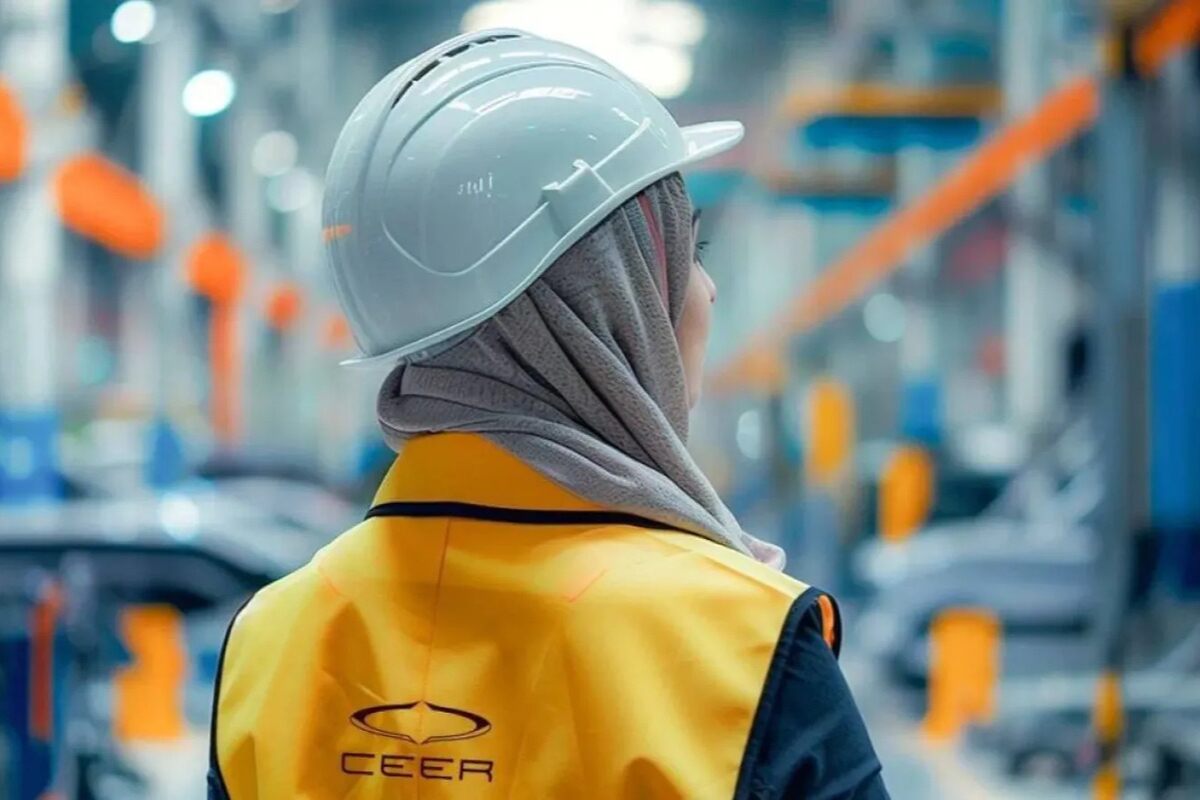Ceer, the first electric vehicle (EV) brand and original equipment manufacturer (OEM) from Saudi Arabia, has revealed 11 new partnerships valued at SAR5.5 billion ($1.46 billion) during the third Public Investment Fund (PIF) Public Sector Forum. Most of these agreements involve Saudi companies, marking a significant achievement in Ceer’s dedication to meeting its localization targets of 45 percent. These collaborations are set to make a substantial impact on the Saudi automotive sector, further invigorating the economy in alignment with the objectives of Saudi Vision 2030.
Building a robust local ecosystem
Ceer CEO Jim DeLuca highlighted the essential nature of these local partnerships, stating, “While we are bringing global expertise and world-class partners to Saudi Arabia, building a robust local ecosystem is even more critical. These partnerships are crucial not only for a thriving automotive industry but also for creating future jobs and driving economic growth in the Kingdom. By working with local suppliers, we ensure access to high-quality components for Ceer vehicles while simultaneously fostering a sustainable automotive sector in Saudi Arabia.”

$8 billion GDP contribution
In a related development, Ceer is preparing to launch its first two electric models—the Sedan and E-Class SUV—by late 2025. This initiative is part of a broader strategy to establish a comprehensive vehicle manufacturing ecosystem in the Kingdom, promote sector growth, and create job opportunities, aligning with Vision 2030.
CEO James DeLuca stated that operations at the $1.3 billion Ceer Manufacturing Complex (CMC) are expected to begin by 2026. This complex will be part of the King Salman Automotive Cluster, a project announced by Crown Prince Mohammed bin Salman. DeLuca highlighted that the King Salman Automotive Cluster aims to create a unified industrial ecosystem for vehicle manufacturing, enhancing Ceer’s capacity to produce vehicles and attract further investments.
Ceer aims to contribute $8 billion to Saudi Arabia’s GDP by 2034, while boosting non-oil GDP by $24 billion to $34.6 billion. The company expects to attract $150 million in foreign investment and create 30,000 direct and indirect jobs.








